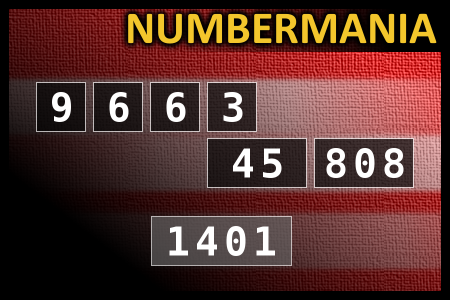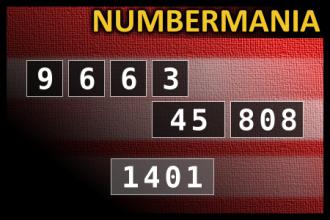Calculate the number 1401
NUMBERMANIA: Calculate the number 1401 using numbers [9, 6, 6, 3, 45, 808] and basic arithmetic operations (+, -, *, /). Each of the numbers can be used only once.Correct answers: 18
The first user who solved this task is Sanja Šabović.
#brainteasers #math #numbermania


